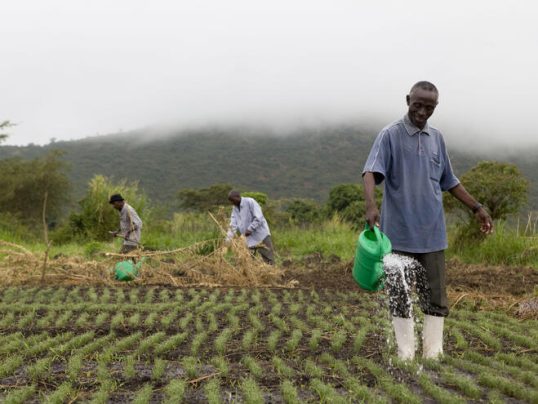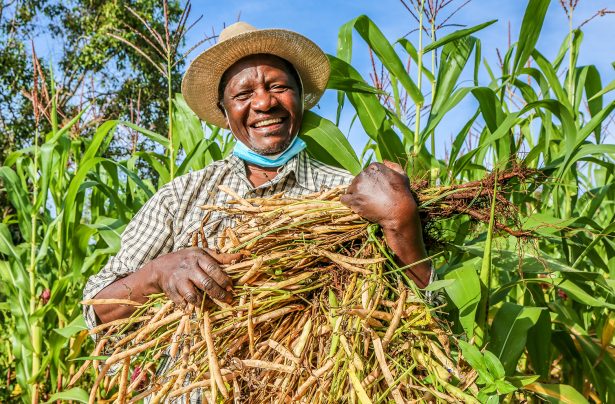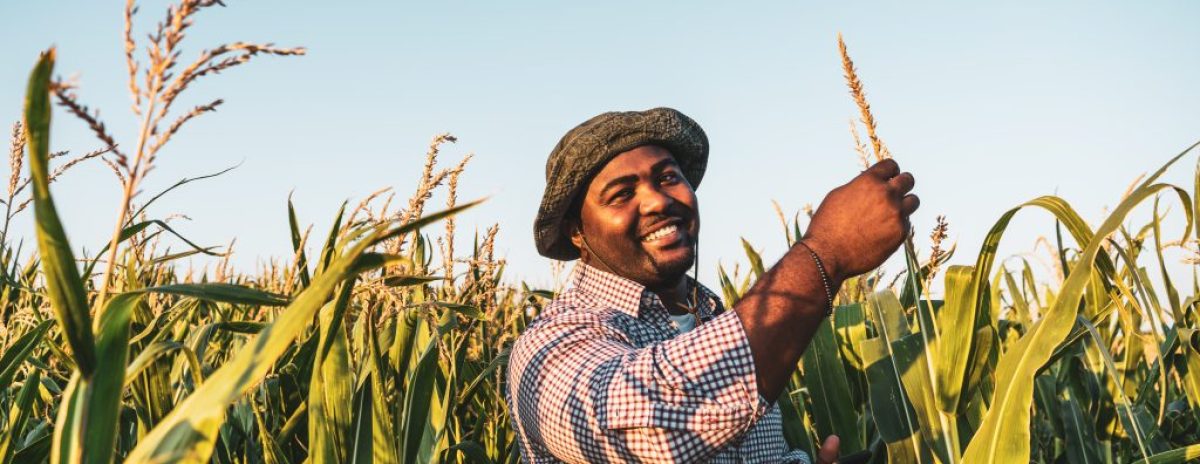Cultivating Growth: Empowering Farmers through Agricultural Projects
- Banking and Finance
Cultivating Growth: Empowering Farmers through Agricultural Projects
Agriculture forms the backbone of societies around the world, providing sustenance and livelihoods to millions. As an advocate for agricultural development, I have had the privilege of spearheading impactful projects that support farmers in their endeavors. In this portfolio article, we will explore my experiences in managing agricultural projects focused on fishing, cocoa production, cash crops, and food crops. These initiatives aimed to organize the needs of various groups of farmers, supply them with necessary resources, and provide the required financing to enhance their productivity and improve their livelihoods.
Time Project
Industry
Position
Country


Understanding the Diverse Needs of Farmers
Each agricultural project I undertook began with a comprehensive needs assessment. We recognized that different groups of farmers had unique requirements depending on their chosen agricultural activities. Whether it was fisherfolk, cocoa growers, cash crop cultivators, or food crop farmers, we sought to understand their needs, challenges, and aspirations. This enabled us to develop targeted interventions and provide appropriate support.
Supplying Farmers' Needs and Enhancing Productivity
Once the needs of the farmers were identified, we focused on organizing and supplying the resources required for their agricultural activities. This involved providing equipment, seeds, fertilizers, tools, and training tailored to their specific needs. For example, fisherfolk received fishing nets, boats, and safety gear, while cocoa farmers were provided with improved planting materials and techniques. By equipping farmers with the necessary resources, we aimed to enhance their productivity and improve the quality of their produce.
Empowering Farmers through Financing
Access to financing is often a significant challenge for farmers, especially small-scale and marginalized ones. Recognizing this, we made it a priority to provide the required financial support to farmers participating in our agricultural projects. Through strategic partnerships with financial institutions, development agencies, and government programs, we secured funding specifically dedicated to agricultural development. This financing was channeled towards providing affordable loans, grants, or subsidies to farmers, empowering them to invest in their agricultural activities and expand their operations.
Fostering Sustainability and Best Practices
Sustainable agricultural practices were at the heart of our projects. We emphasized the importance of environmentally friendly techniques, conservation, and natural resource management. Farmers were trained on modern and sustainable farming methods, including organic farming, water conservation, and integrated pest management. By promoting sustainable practices, we aimed to protect the environment, preserve biodiversity, and ensure the long-term viability of farming systems.

Beyond Finance: Capacity Building and Support:
Successful microfinance projects go beyond the provision of capital; they also prioritize capacity building and support for entrepreneurs. Throughout the projects I managed, I emphasized the importance of financial literacy and business skills development. Workshops, training programs, and mentorship initiatives were implemented to equip entrepreneurs with the knowledge and tools necessary to effectively manage their finances, make informed business decisions, and navigate challenges.
Creating a Lasting Legacy:
The microfinance projects I ran aimed to create a lasting legacy by establishing a cycle of empowerment and reinvestment. As micro-entrepreneurs repaid their loans, the funds were recycled and made available to new entrepreneurs, creating a sustainable ecosystem of financial inclusion. This model ensured that the impact of the projects extended beyond the initial financing, benefiting a larger pool of aspiring entrepreneurs over time.
Community Engagement and Collaboration:
Successful agricultural projects rely on strong community engagement and collaboration. We actively involved farmers in the decision-making processes, encouraging their participation in project planning and implementation. Additionally, we fostered collaboration among farmers, enabling them to share knowledge, resources, and best practices. By creating a sense of community and collaboration, we aimed to enhance the collective strength and resilience of farmers.
Measuring Impact and Celebrating Success:
The success of our agricultural projects was measured not only by increased productivity and improved livelihoods but also by the overall impact on farmers and their communities. We monitored key performance indicators, such as increased yields, income growth, job creation, and adoption of sustainable practices. Additionally, we celebrated success stories, showcasing the achievements of individual farmers and highlighting the positive transformation in their lives.
Conclusion:
Agricultural projects focused on fishing, cocoa production, cash crops, and food crops have the power to uplift farmers, improve livelihoods, and drive sustainable development. By organizing the needs of various groups of farmers, supplying them with resources, and providing necessary financing, we can empower farmers to enhance their productivity and improve their economic well-being. As we continue to invest in agricultural development, let us recognize the pivotal role farmers play in society and strive to create an inclusive and sustainable agricultural sector for a prosperous future.
